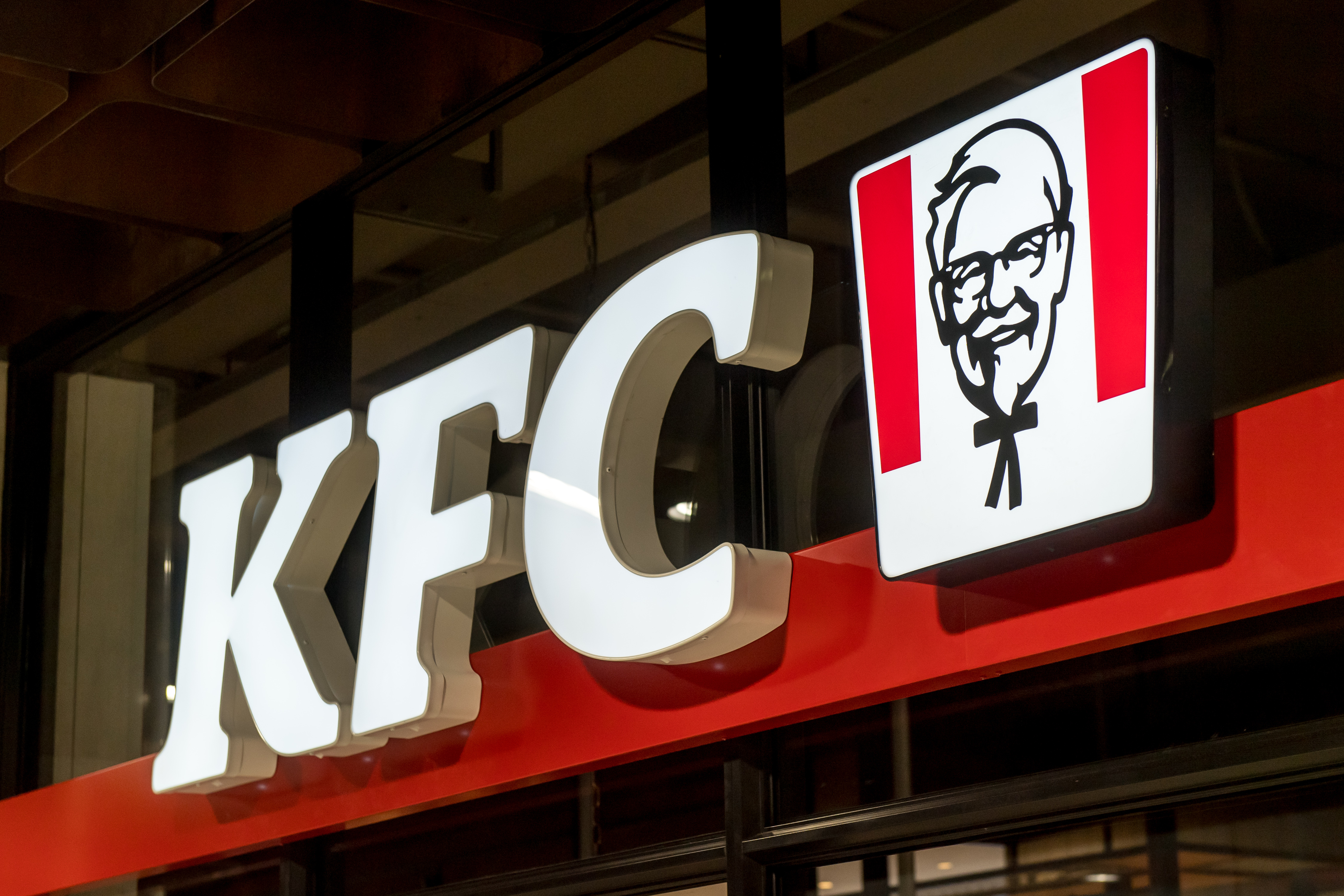Southeast Asia has witnessed a dramatic transformation in its food culture over the past few decades. Alongside bustling street food scenes and traditional markets, global and regional fast food chains have carved out a dominant presence in urban and even rural areas.
The region’s youthful population, rising middle class, and increasingly fast-paced lifestyles have driven the demand for quick, affordable, and tasty meals.
While international giants continue to expand their footprint, homegrown brands are also holding their own. Here’s a look at the most popular fast food brands across Southeast Asia.
McDonald’s

McDonald’s is undoubtedly one of the most dominant fast food brands in Southeast Asia. The chain is present in nearly every major city from Singapore to the Philippines, adapting its menu to suit local tastes.
In Thailand, for example, the McSpicy chicken burger is a bestseller, while in the Philippines, McDonald’s offers rice meals with fried chicken and spaghetti.
The brand’s ability to localize its offerings while maintaining global consistency has helped it become a household name across the region.
Additionally, McDonald’s strong delivery service and digital ordering platforms have contributed to its continued growth, especially in densely populated cities.
Jollibee

Jollibee stands out as Southeast Asia’s most successful homegrown fast food brand. Originating in the Philippines, Jollibee has developed an almost cult-like following with its unique blend of Western and Filipino flavors.
Dishes like sweet-style Jolly Spaghetti, Chickenjoy fried chicken, and Burger Steak meals resonate deeply with local palates. The brand has expanded beyond the Philippines into countries like Vietnam, Singapore, and even parts of Indonesia.
Jollibee's success comes from its deep cultural connection with Filipino identity, clever marketing, and its ability to evoke nostalgia and comfort through food.
KFC

Kentucky Fried Chicken, better known as KFC, is another heavyweight in the Southeast Asian fast food market. The brand is especially dominant in Malaysia, Indonesia, and Myanmar, where fried chicken is a beloved staple.
KFC has skillfully tailored its menu to local tastes by offering items like nasi lemak combos in Malaysia or spicy sambal chicken in Indonesia. Its consistent product quality, family-oriented meals, and strategic locations have cemented KFC’s place in the fast food hierarchy.
The brand’s festive seasonal promotions and halal-certified kitchens in Muslim-majority countries have also contributed to its widespread appeal.
Burger King

Burger King, though not as ubiquitous as McDonald’s or KFC in some Southeast Asian countries, remains a key player in urban centers. Its signature flame-grilled burgers and more premium image attract younger and middle-income consumers looking for alternatives.
Burger King has seen success particularly in countries like Singapore, the Philippines, and Thailand.
While it competes closely with McDonald’s in the burger category, Burger King positions itself with more meat-heavy offerings and often introduces local items like rice-based dishes to attract regional diners.
Lotteria

In Viet Nam, one of the most recognized fast food brands isn’t from the West but from South Korea. Lotteria, owned by the Lotte Group, has become a dominant fast food chain in Viet Nam, where it has more than 200 outlets.
The brand blends Korean and Western menu items, offering fried chicken, burgers, and even kimchi-based dishes.
Lotteria’s popularity comes from its strategic pricing, localized marketing, and ability to cater to the youth market, particularly in urban centers like Ho Chi Minh City and Hanoi.
Texas Chicken

Texas Chicken, known as Church’s Chicken in other regions, has established itself strongly in Malaysia and is expanding in neighboring countries. Offering large, juicy pieces of fried chicken with sides like honey butter biscuits and spicy rice, the brand competes directly with KFC.
Its more Southern-American style of flavoring sets it apart, and it has been able to create a loyal customer base in Southeast Asia by focusing on quality and value meals.
Other Potential and Growing Brands
Beyond international names, Southeast Asia is also home to thriving local fast food brands. In Indonesia, brands like HokBen (formerly Hoka Hoka Bento) serve Japanese-inspired fast food that caters to the local appetite.
In Thailand, Chester’s Grill offers a mix of Western and Thai dishes and has a solid footprint in malls and transport hubs. These local brands often succeed by offering food that feels familiar while providing the convenience and speed of fast food service.



















